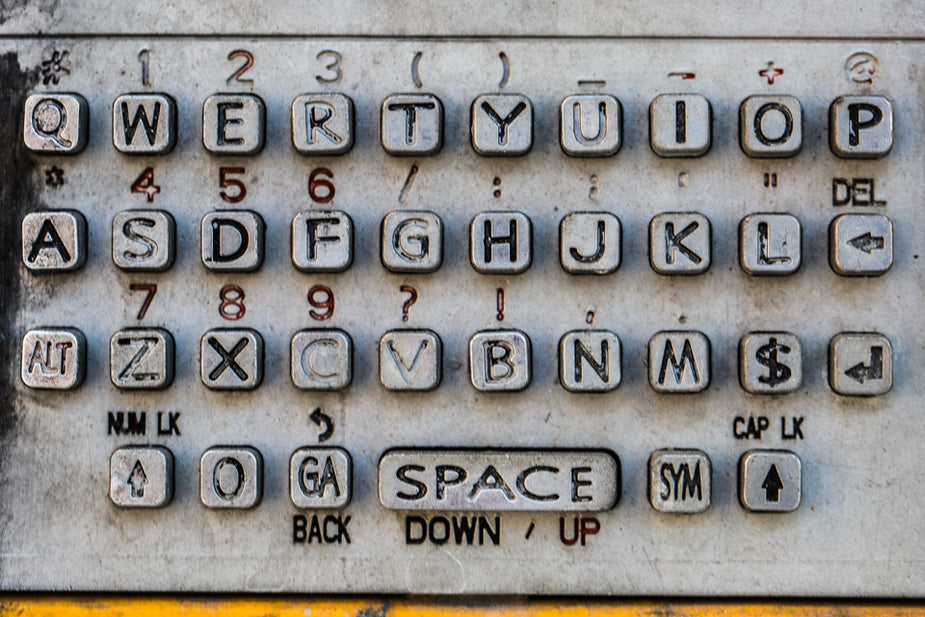August 3rd, 2024 – What Is A Scoofer?

I have to say, I was confident I had heard most of the terminology and language involved in this profession. Today, I was humbled.
Through my typical perusal of threads, forums, news outlets, and other media sources throughout the week, I came across the word “scoofer.” My first thought was, “There is no way that’s a real thing. Why have I never heard of it?” My research turned up very little in the ways of terminology or definitions, which made me even more skeptical. How can it exist but be basically undefinable in the eyes of Google? I turned to more obscure but admittedly more niche sources for answers. Through these sources, and conversations with my colleagues, I was able to find the definition and responsibilities of a scoofer.

What does it mean to be a scoofer?
Thankfully, my research and my contacts dug up some viable information about what it means to be a scoofer. The word itself comes from combining the terms “Scopist” and “Proofer” to get “Scoofer.” A scoofer is much less involved than a scopist. A scoofer will read through and edit parts of the transcript, while also spot-check some spots with audio. This is much less involved than the extensive editing involved in scoping but is slightly more demanding than proofreading, which is not audio-focused.

What does a scoofer do?
The responsibilities of a scoofer would be similar to that of a proofreader but would have the option of using more audio if needed. A proofreader would focus on checking the spelling and grammar of a finished product. There is no need to check for translations or missing words, or whether the transcript is complete in its depiction of the audio. A scoofer would have the ability to check for completion since the audio would be available, but there would be no expectation of full translation from Steno.

When would I use a scoofer rather than a scopist?
A scoofer would be a better choice for a reporter to make if they are confident in their own transcript, it’s clean, it needs very little editing or translation, and it doesn’t require full audio for the editing process. A scoofer would be a more economical choice in this case, as a scopist is trained and required to do much more in the editing process. Scoofer’s would be a good choice if you have a transcript as described above that also requires a quick turn-around time.

In Conclusion
There you have it. That is what my research has produced as to what a scoofer actually is. I hope this information was valuable to you! If you liked this post or want to share your own experiences and tips, make sure to leave a comment down below. If you want to see more, check out the last post below or the previous posts on the blog. And if you’re interested in learning more scopist, proofreading, or transcription information, make sure to check back for a new post on the Next Step Scopist blog!
—-
Sources
https://christiebrowner.wordpress.com/scopist-proofreader-scoofer-what-do-they-do/
https://www.reddit.com/r/stenography/comments/vbltdc/im_completing_a_proofing_course_right_now_if_i/
—-
Home | Blog Home
Last Post: Best Ways Court Reporters Have Stopped Cross-Talk
Next Post: The Necessity of Feedback

Leave a Reply